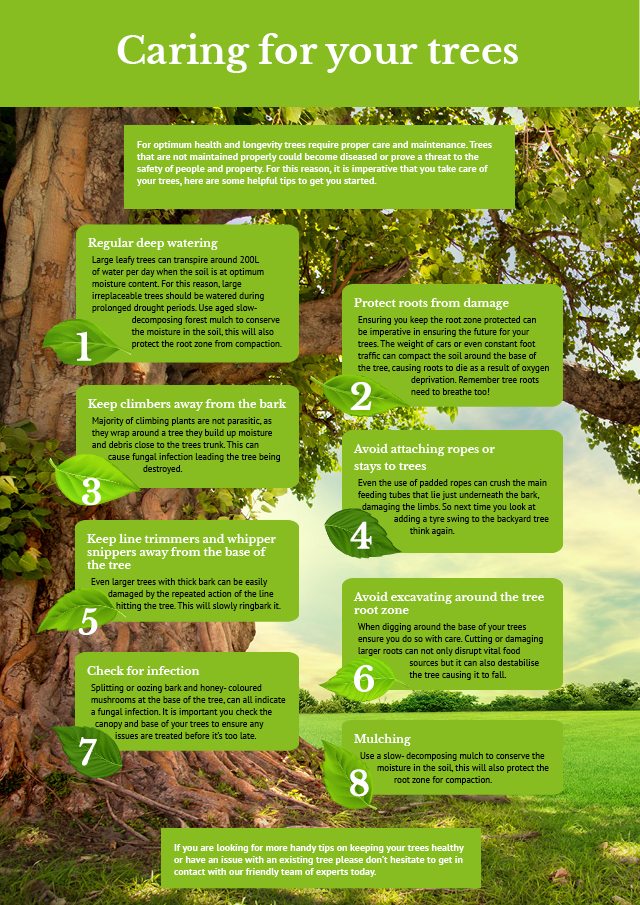Trimming Your Trees At The Ideal Time And Using The Proper Methods Can Bring About Remarkable Changes-- Find Out How To Optimize Their Development Prospective
Trimming Your Trees At The Ideal Time And Using The Proper Methods Can Bring About Remarkable Changes-- Find Out How To Optimize Their Development Prospective
Blog Article
Material Created By-Mullen Eriksson
When it concerns seasonal tree trimming, timing and method are vital for your trees' health and wellness and growth. You may be amazed at just how much a simple cut can encourage new life. Recognizing when to prune dormant trees versus blooming ones can make all the difference. However it's not just about when; it's also regarding exactly how you do it. Let' Trimly Boot Tree out the most effective techniques to guarantee your trees thrive.
Recognizing the most effective Seasons for Tree Trimming
When's the best time to cut your trees? The solution hinges on recognizing the periods. Late winter months to early springtime is commonly optimal, as trees are still inactive. This timing minimizes tension and promotes much healthier growth when they awaken.
Nonetheless, if you're handling blooming trees, think about cutting right after their blossoms discolor. This guarantees you won't remove following year's flowers.
In summer season, light cutting can help maintain shape and remove any kind of dead or infected branches. Prevent hefty trimming during autumn, as trees are getting ready for inactivity and may have a hard time to recover.
Ultimately, knowing Discover More Here and regional environment will certainly assist your trimming routine. Choose carefully, and your trees will grow beautifully year-round.
Necessary Pruning Methods for Healthy Trees
Trimming your trees successfully is essential for their health and long life. Start by using clean, sharp tools to make exact cuts, which assists prevent damage and condition.
Concentrate on eliminating dead, harmed, or crossing branches first; this motivates far better air movement and sunshine penetration. When cutting, aim for an angle that advertises healing and reduces the risk of rot. Always trim simply outside the branch collar, the puffy location where the branch fulfills the trunk, to boost recuperation.
For young trees, shape them by precisely trimming to develop a strong structure. Ultimately, avoid over-pruning; eliminating excessive foliage can stress your tree.
Common Mistakes to Stay Clear Of When Pruning
Many property owners make important mistakes while trimming their trees, which can lead to lasting damages.
One common mistake is over-pruning, where you eliminate a lot of branches at the same time. This can emphasize the tree and hinder its growth.
One more error is using boring devices; sharp, tidy tools make cleaner cuts that recover faster.
Don't fail to remember to prune at the wrong time of year; winter is typically best for lots of varieties, while summer is excellent for others.
Additionally, stay clear of reducing branches also near to the trunk or leaving stubs, as both can invite parasites and conditions.
Finally, failing to step back and evaluate the tree's total form can result in uneven growth.
Maintain these blunders in mind for much healthier, flourishing trees!
Conclusion
Finally, seasonal tree cutting is critical for your trees' wellness and growth. By trimming at the correct times-- late wintertime for inactive trees and right after flowers for flowering selections-- you'll encourage lively vegetation and blossoms. Remember to use tidy, sharp devices and comply with proper methods to avoid damages. Avoid heavy trimming in the fall and remain clear of usual errors. With these pointers in mind, you'll keep your trees growing all year round!
